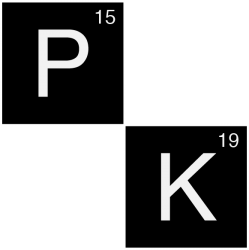“Combination of mechanisms by which a drug is irreversibly transferred from the systemic circulation into extracorporal fluids (e.g. urine or bile)”
Description
The main organs responsible for drug excretion are the kidneys (renal excretion) and the liver (biliary excretion). Other organs can be involved in excretion, such as the lungs for volatile or gaseous agents. Drugs can also partially be excreted into sweat, saliva and tears. Breast milk is another pathway for drug excretion. Milk is more acidic than plasma; therefore, basic compounds can slightly concentrate in milk. This is an important factor for the estimation of the amount of drug administered to the breastfed baby.
Drugs that are excreted in the urine or bile are hydrosoluble. Lipophilic drugs cannot be excreted before metabolism into more polar compounds.
Clearance is a pharmacokinetic parameter that characterizes drug elimination through metabolism and/or excretion.
Clinical implications
Drugs mainly eliminated through excretion in an unchanged form are not subject to metabolic interactions. Their excretion may be affected by dysfunctions of the kidney or liver, due to age, disease or comedication (in particular drugs that are excreted through active transport). This results in decrease in drug clearance and increase in its elimination half-life. Therefore, in these situations, the drug dose and dosing interval must be adapted.

